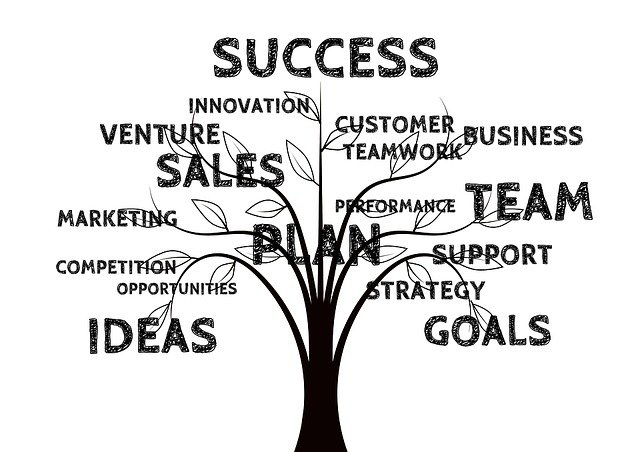How to write effective e-mails
In our fast-paced digital world, most professionals rely on the speed and convenience of e-mails. E-mail has become an integral part of everyday business. From one-on-one communication to a widely broadcasted mass message, e-mail is now the main tool we use for daily communication. But just because it is fast, does not mean you should allow it to be sloppy. The structure of your e-mail is crucial in capturing the recipient’s attention. Here are a few tips to help you master the technique of writing an effective e-mail.
E-mail has become an integral part of everyday business. From one-on-one communication to a widely broadcasted mass message, e-mail is now the main tool we use for daily communication. But just because it is fast, does not mean you should allow it to be sloppy. The structure of your e-mail is crucial in capturing the recipient’s attention. Here are a few tips to help you master the technique of writing an effective e-mail.
- Short is always best.
Your e-mail should highlight the most vital information to allow the recipient to make a decision easily. Before sending your e-mail, always edit down. Shorten the length of your sentences and minimise the length of your paragraphs. This will make for an easier read.
- Avoid sending attachments.
If an e-mail takes a considerable amount of effort to read, recipients tend to quit while they are ahead. Opening an attachment, downloading the content and waiting for it to load takes a lot of time and work. You want the recipient to get all the information as quickly as possible. Try re-structuring the e-mail to include all the important details in the body of the mail.
- Get to the point.
There are a few things to consider when writing a clear and concise e-mail:
- Who: Say who you are and why you are sending the e-mail.
- What: Clearly state what the purpose of the e-mail.
- Why: Clarify why the recipient will benefit from reading the e-mail by emphasising on what value
is being shared with them. - How: How would you like the person to respond or take action after reading the e-mail.
- When: A deadline or time-frame in which the recipient needs to take action will help them
prioritise your e-mail in their inbox.
These guidelines are full-proof in executing a successful e-mail. By being direct with your recipients provides clarity and efficiency. Simplicity and being concise is essential when engaging with your readers.


